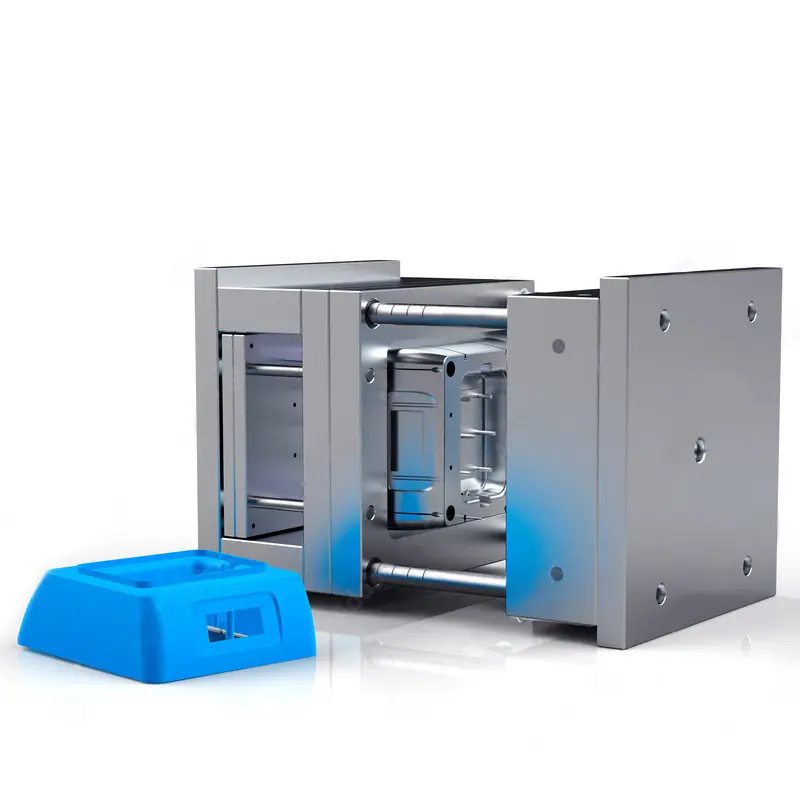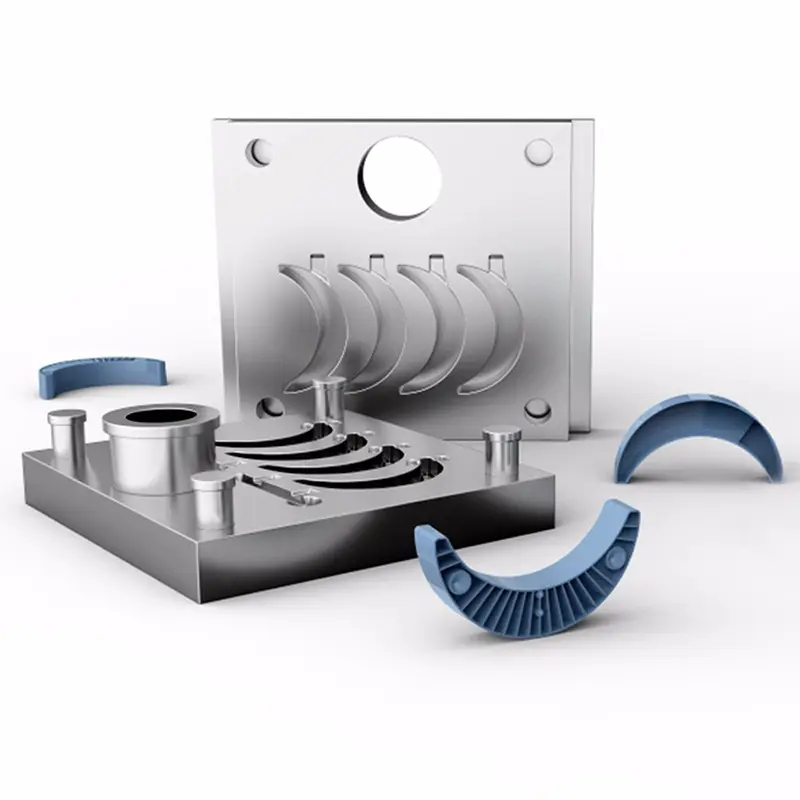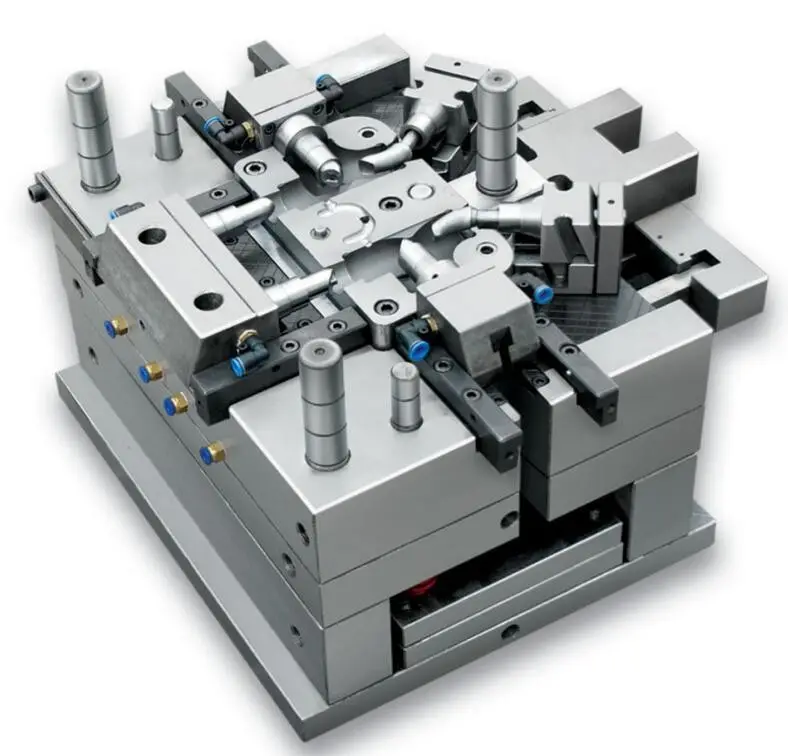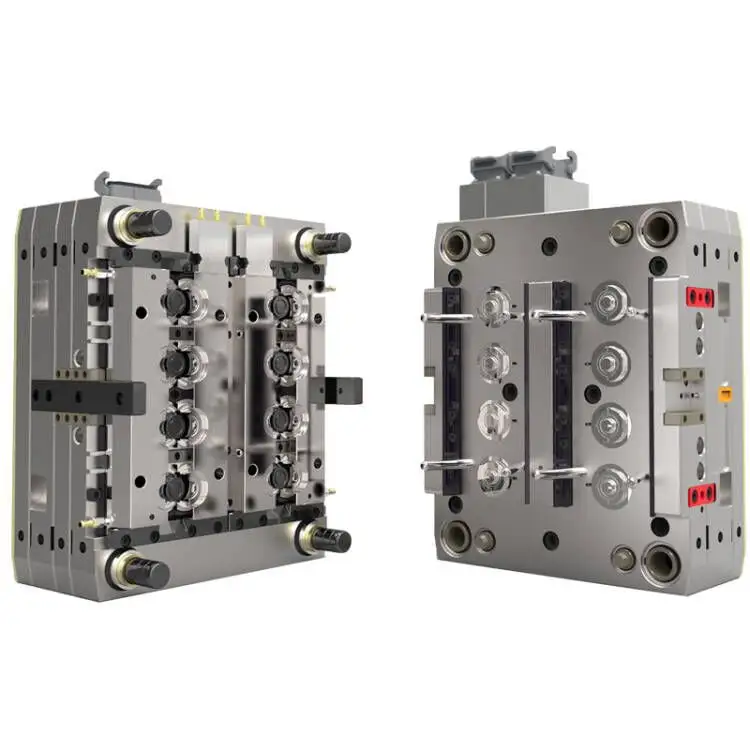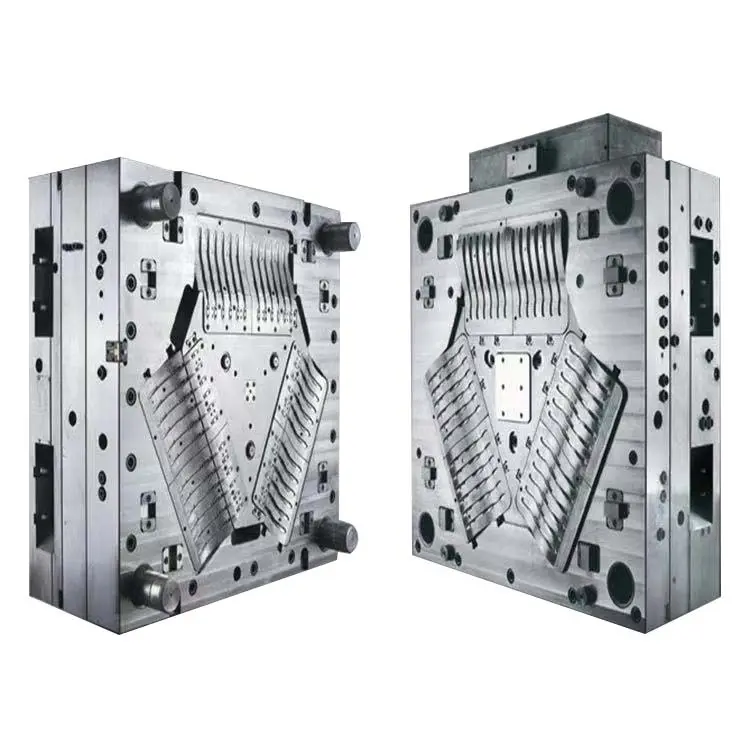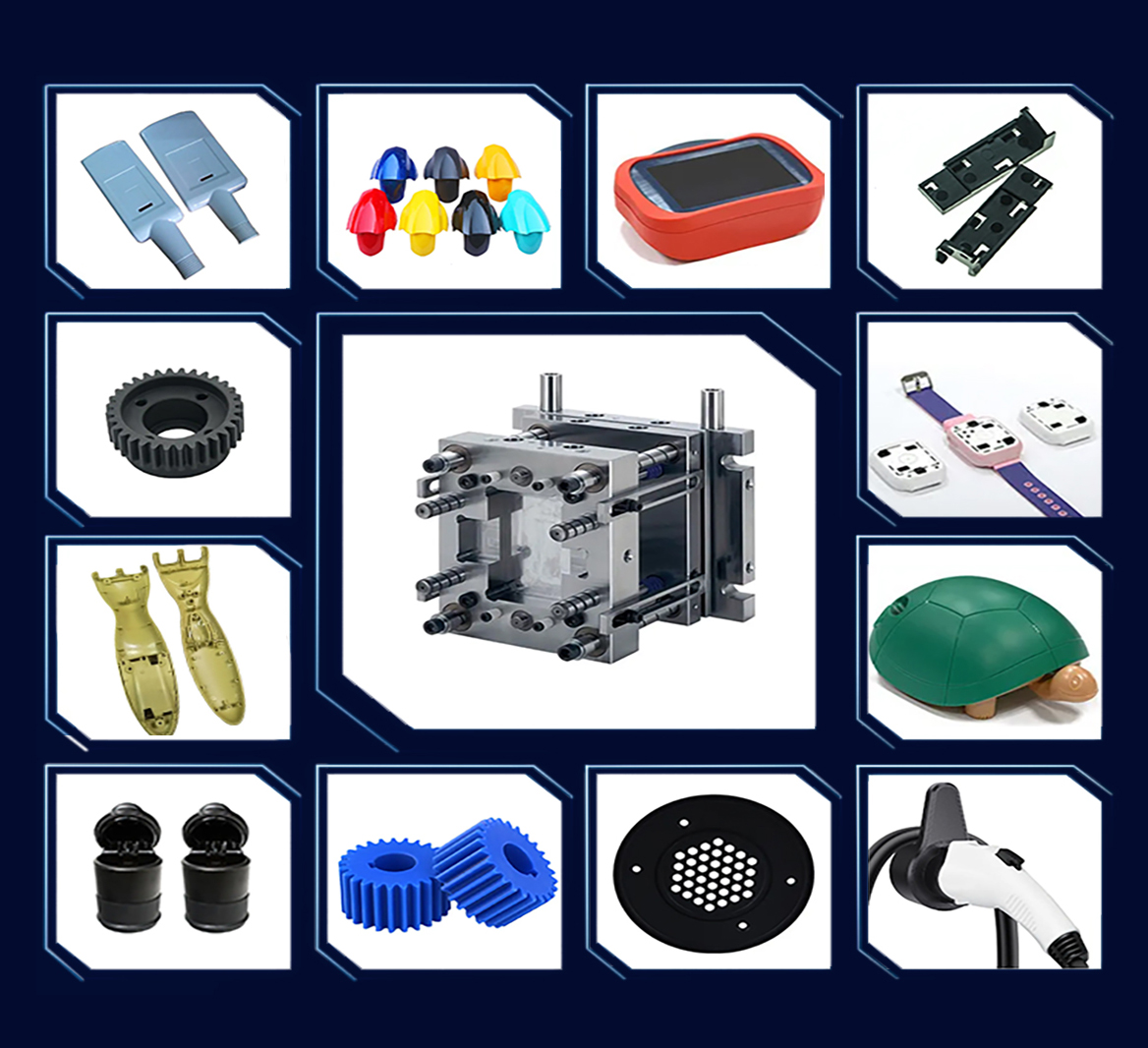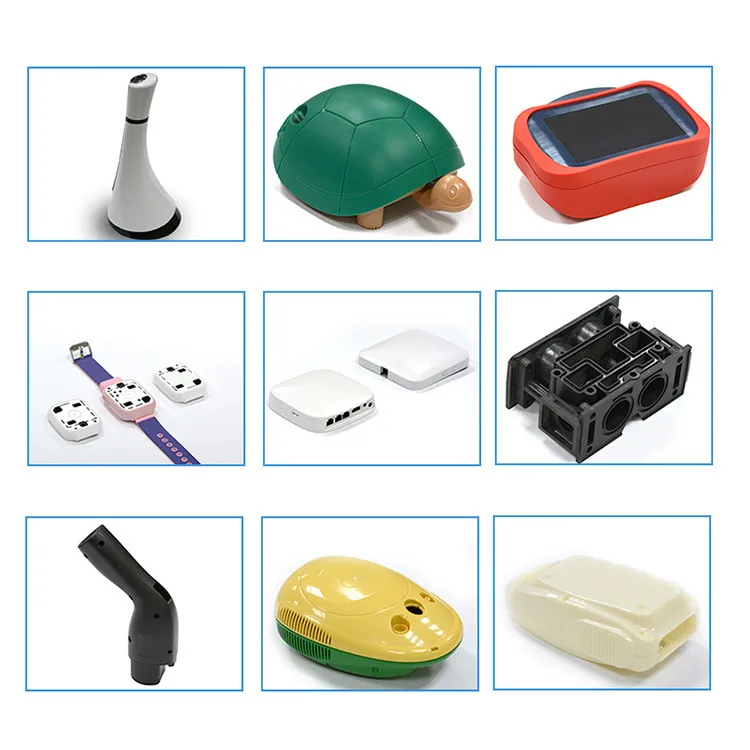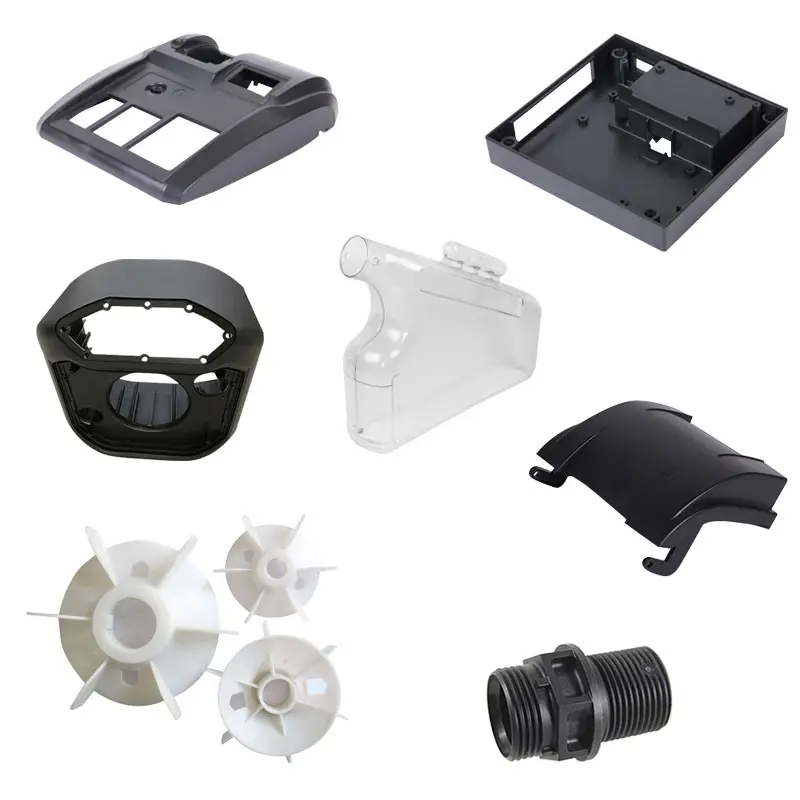When it comes to manufacturing coolers, two prominent methods are injection molding and rotational molding (rotomolding). Both processes have their unique advantages and applications. Elite Mold, a leading injection molding manufacturer, excels in producing high-quality injection-molded parts. This article explores the key differences between injection molding and rotomolding for cooler production, highlighting the advantages of each method.
Injection Molding
Process Overview
Injection molding involves injecting molten plastic into a mold cavity. Once the plastic cools and solidifies, the mold is opened to eject the finished part. This process is highly efficient for producing large volumes of identical parts with high precision.

Advantages
- High Efficiency and Speed: Injection molding is ideal for mass production due to its rapid cycle times and high output rates.
- Precision and Consistency: The process allows for tight tolerances and consistent part quality, making it suitable for complex and detailed designs.
- Material Versatility: Injection molding supports a wide range of thermoplastic and thermosetting polymers, providing flexibility in material selection.
- Cost Performance: While the initial mold cost can be high, the overall cost per unit decreases significantly with large production volumes, offering excellent cost performance.
Applications
Injection molding is commonly used for producing cooler components such as lids, handles, and inner liners where precision and uniformity are crucial.
Rotomolding
Process Overview
Rotational molding, or rotomolding, involves placing powdered plastic into a mold, which is then rotated around two perpendicular axes while being heated. The plastic melts and coats the interior of the mold, forming a hollow part. The mold is then cooled and opened to release the part.

Advantages
- Low Tooling Costs: Rotomolding molds are typically less expensive to produce compared to injection molding molds, making it cost-effective for low to medium production volumes.
- Seamless Parts: The process creates seamless, one-piece parts that are highly durable and resistant to stress cracking.
- Design Flexibility: Rotomolding allows for the production of large, complex shapes and can incorporate intricate details and textures.
- Material Efficiency: There is minimal material waste as the process utilizes the exact amount of plastic needed to form the part.
Applications
Rotomolding is ideal for manufacturing large cooler bodies and other components that require durability and a seamless construction.
Key Differences Between Injection Molding and Rotomolding
- Production Volume and Speed
Injection Molding: Best suited for high-volume production with rapid cycle times.
Rotomolding: More suitable for lower volume production due to longer cycle times. - Cost Considerations
Injection Molding: Higher initial mold costs but lower cost per unit for large production runs.
Rotomolding: Lower initial mold costs but higher cost per unit, making it more economical for smaller batches. - Part Design and Complexity
Injection Molding: Excels in producing complex, high-precision parts with tight tolerances.
Rotomolding: Ideal for creating large, hollow, seamless parts with complex shapes. - Material and Finish
Injection Molding: Offers a wide range of material choices and finishes, suitable for detailed and high-quality surface finishes.
Rotomolding: Produces durable parts with good structural integrity but may have less precise surface finishes compared to injection-molded parts.
Elite Mold’s Expertise
As a premier injection molding manufacturer, Elite Mold leverages advanced R&D and cutting-edge design capabilities to produce high-quality, precision-engineered parts. Their state-of-the-art factory in China utilizes the latest manufacturing technologies to ensure superior product quality and cost performance. Elite Mold’s OEM/ODM services cater to a global clientele, providing customized solutions that meet specific requirements. By collaborating with wholesalers, suppliers, and distributors, Elite Mold ensures efficient supply chain management and timely delivery of their products.
Conclusion
Both injection molding and rotomolding offer unique advantages for cooler production. Injection molding is ideal for high-volume, precision parts, while rotomolding is perfect for large, seamless components. Elite Mold’s expertise in injection molding, combined with their commitment to innovation and quality, positions them as a leader in the industry. Whether you need precision-molded parts or durable, seamless components, Elite Mold provides solutions that meet your manufacturing needs.
Tags: Injection molding,Plastic injection mold,Plastic molded parts

